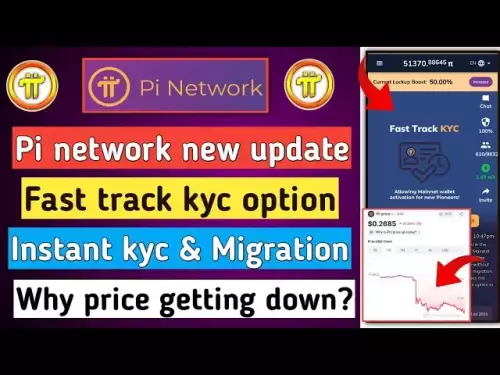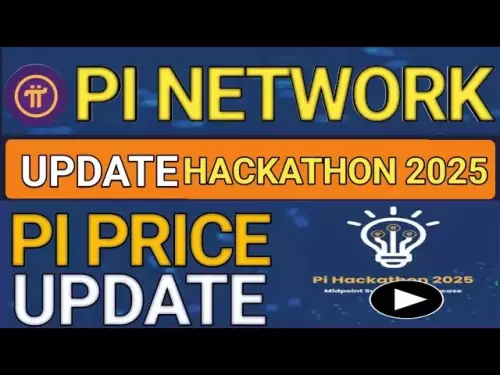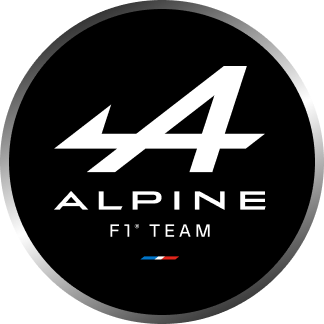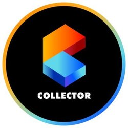-
 bitcoin
bitcoin $109667.069529 USD
-3.03% -
 ethereum
ethereum $3936.685804 USD
-4.07% -
 tether
tether $1.000493 USD
0.01% -
 xrp
xrp $2.771823 USD
-4.74% -
 bnb
bnb $957.805027 USD
-5.34% -
 solana
solana $196.735100 USD
-6.68% -
 usd-coin
usd-coin $0.999727 USD
-0.01% -
 dogecoin
dogecoin $0.227355 USD
-5.12% -
 tron
tron $0.335205 USD
-0.81% -
 cardano
cardano $0.779256 USD
-3.59% -
 ethena-usde
ethena-usde $0.999900 USD
-0.06% -
 hyperliquid
hyperliquid $42.492095 USD
-6.61% -
 chainlink
chainlink $20.501853 USD
-4.34% -
 avalanche
avalanche $28.952606 USD
-11.21% -
 stellar
stellar $0.356038 USD
-3.93%
How to see NFTs in MetaMask?
MetaMask is a crypto wallet that lets users manage Ethereum-based NFTs by connecting to marketplaces like OpenSea or manually importing tokens.
Jul 04, 2025 at 11:29 am
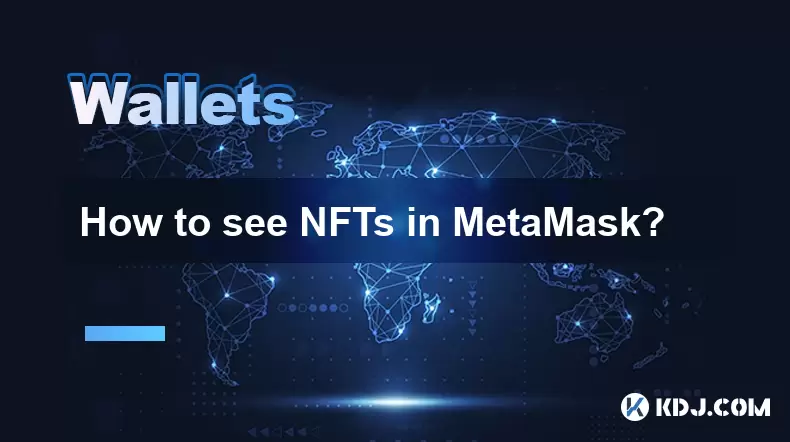
What is MetaMask and How Does It Relate to NFTs?
MetaMask is a popular cryptocurrency wallet that allows users to interact with the Ethereum blockchain. It serves as both a browser extension and a mobile app, enabling users to store, send, and receive Ethereum-based tokens, including NFTs (Non-Fungible Tokens). NFTs are unique digital assets that represent ownership of items such as digital art, collectibles, or virtual real estate. Since many NFTs are built on the ERC-721 or ERC-1155 standards, they can be viewed and managed through compatible wallets like MetaMask.
To see your NFTs in MetaMask, you must first ensure that the wallet is connected to a network where the NFT resides, typically the Ethereum Mainnet or other compatible networks like Polygon or Binance Smart Chain.
Connecting MetaMask to an NFT Marketplace
Before viewing NFTs in MetaMask, it’s common to first acquire them from an NFT marketplace such as OpenSea, LooksRare, or Rarible. These platforms allow users to browse, buy, and sell NFTs directly using their MetaMask wallet.
- Visit the desired NFT marketplace.
- Click the 'Connect Wallet' button located in the top-right corner.
- Select MetaMask from the list of available wallets.
- Confirm the connection in the MetaMask popup window.
Once connected, any NFTs purchased or transferred to your MetaMask wallet will appear within the wallet interface or on the marketplace's 'My Collections' section.
Adding NFTs Manually to MetaMask
If you’ve received an NFT but don’t see it in your MetaMask wallet, you may need to add it manually. MetaMask does not automatically display all NFTs by default unless they are fetched by a connected service like OpenSea.
- Open your MetaMask wallet.
- Navigate to the 'NFT' tab.
- Click the 'Import NFT' button.
- Enter the contract address of the NFT, which can usually be found on the NFT’s details page on the marketplace.
- Input the token ID, which uniquely identifies the specific NFT.
- Click 'Add' to import the NFT into your wallet.
This method ensures visibility of NFTs that aren't being displayed due to API limitations or unsupported networks.
Viewing NFTs Directly Within MetaMask
MetaMask has integrated native support for NFTs, allowing users to view their collections without needing to leave the wallet interface.
- Open the MetaMask extension or mobile app.
- Switch to the 'NFT' tab.
- If you own NFTs on the currently selected network, they should appear here.
- You can switch networks via the dropdown menu at the top if your NFTs are on a different chain such as Polygon or Binance Smart Chain.
If no NFTs appear, double-check that you're on the correct network and that the NFTs have been successfully transferred to your wallet address.
Troubleshooting Common Issues When Viewing NFTs
Sometimes NFTs do not show up in MetaMask even after following the correct steps. Here are some common issues and how to resolve them:
- Ensure the correct account is selected in MetaMask — sometimes users may send NFTs to the wrong wallet address or account.
- Verify that the NFT was successfully transferred by checking the transaction hash on Etherscan or the respective blockchain explorer.
- Confirm that the NFT contract is supported by MetaMask — some newer or less common NFT standards might not display properly.
- Try switching networks and returning — this often refreshes the NFT data.
- Reconnect your wallet to the NFT marketplace and check if the NFT appears there before importing it manually.
These troubleshooting steps help identify and resolve most visibility problems related to NFTs in MetaMask.
Frequently Asked Questions
Can I view NFTs from multiple blockchains in MetaMask?
Yes, MetaMask supports multiple blockchains, including Ethereum, Polygon, Binance Smart Chain, and others. You can switch between these networks within MetaMask to view NFTs stored on each respective chain. However, you must ensure that the NFT contract is compatible with MetaMask and that the network is properly configured in your wallet settings.
Why doesn’t my newly purchased NFT show up in MetaMask?
There could be several reasons:
- The NFT might still be processing on the blockchain — wait a few minutes and refresh.
- You might be on the wrong network — switch to the network where the NFT was purchased.
- The NFT might not be visible until manually imported or viewed via a marketplace.
- The NFT could have been sent to a different wallet address — always double-check the recipient address before completing transactions.
Is it safe to connect MetaMask to NFT marketplaces?
Connecting MetaMask to reputable NFT marketplaces like OpenSea or LooksRare is generally safe. However, always ensure you’re visiting the official website and avoid clicking suspicious links. Never approve transactions from unknown sources, and always review what you're signing or approving within MetaMask.
Do I need to pay gas fees to view NFTs in MetaMask?
No, viewing NFTs in MetaMask does not require paying gas fees. Gas fees are only incurred when performing actions such as sending, buying, or transferring NFTs. Simply importing or displaying NFTs within the wallet interface is free.
Disclaimer:info@kdj.com
The information provided is not trading advice. kdj.com does not assume any responsibility for any investments made based on the information provided in this article. Cryptocurrencies are highly volatile and it is highly recommended that you invest with caution after thorough research!
If you believe that the content used on this website infringes your copyright, please contact us immediately (info@kdj.com) and we will delete it promptly.
- AlphaTON's Bold Bet: Toncoin, Balance Sheets, and the Future of Digital Treasuries
- 2025-09-27 04:45:15
- Crypto Kidnapping in Minnesota: A New York Minute Breakdown of the $8 Million Heist
- 2025-09-27 04:25:14
- Avalanche, RUVI, and the Altcoin Rush: What's Fueling the Fire?
- 2025-09-27 04:25:14
- Ripple's RLUSD Takes Center Stage: Bybit Listing and Derivatives Market Potential
- 2025-09-27 05:05:12
- Bitcoin, Ethereum, and ETF Outflows: What's Shakin' in Crypto?
- 2025-09-27 05:25:13
- Worldcoin's WLD: Support Rebound or Further Decline? A New Yorker's Take
- 2025-09-27 05:05:12
Related knowledge
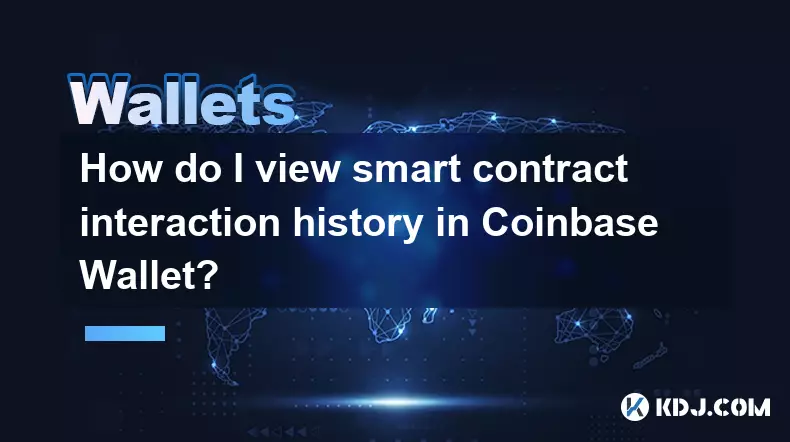
How do I view smart contract interaction history in Coinbase Wallet?
Sep 24,2025 at 01:36am
Accessing Smart Contract Interaction History in Coinbase Wallet1. Open the Coinbase Wallet application on your mobile device and log in using your cre...
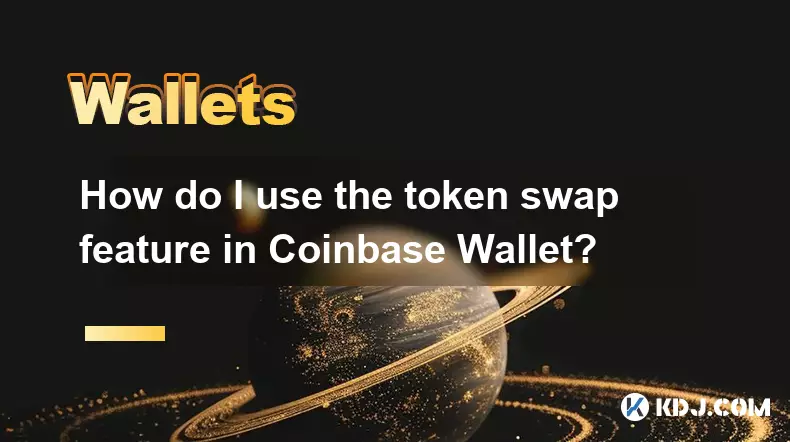
How do I use the token swap feature in Coinbase Wallet?
Sep 24,2025 at 05:00pm
Understanding Token Swaps in Coinbase Wallet1. The token swap feature in Coinbase Wallet enables users to exchange one cryptocurrency for another dire...
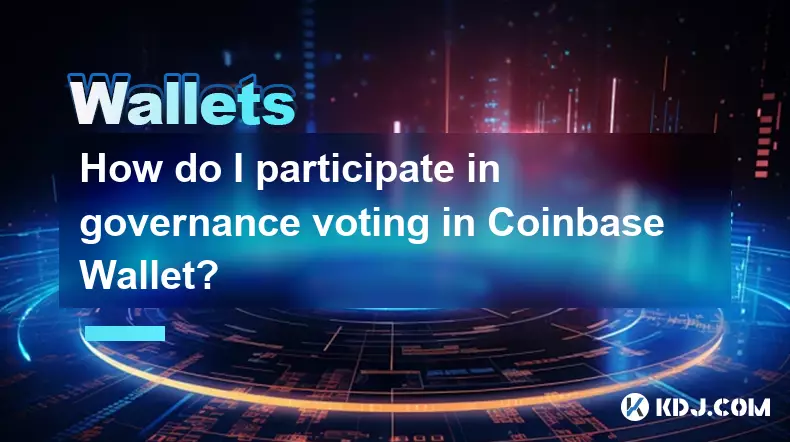
How do I participate in governance voting in Coinbase Wallet?
Sep 25,2025 at 01:55pm
Understanding Market Volatility in the Crypto Space1. Cryptocurrency markets are known for their extreme price fluctuations, often driven by sentiment...

How do I set up a custom RPC node in Coinbase Wallet?
Sep 24,2025 at 12:00pm
Understanding Custom RPC Nodes in Coinbase Wallet1. A custom RPC (Remote Procedure Call) node allows users to connect their Coinbase Wallet to a block...
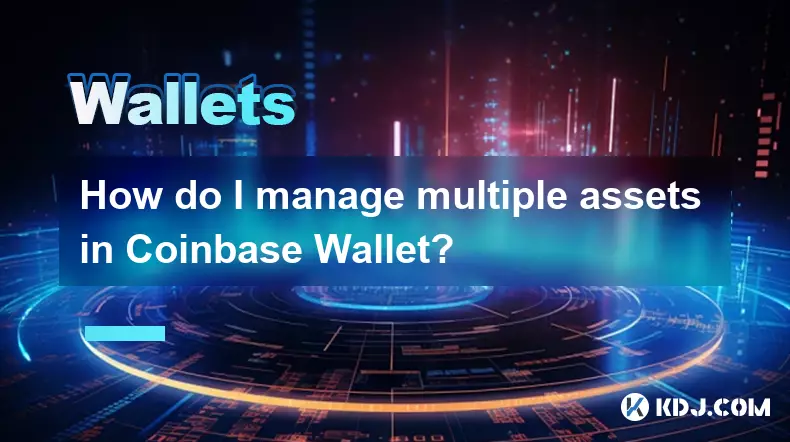
How do I manage multiple assets in Coinbase Wallet?
Sep 23,2025 at 10:00am
Understanding Multi-Asset Support in Coinbase Wallet1. Coinbase Wallet allows users to store a wide variety of digital assets beyond just Bitcoin and ...
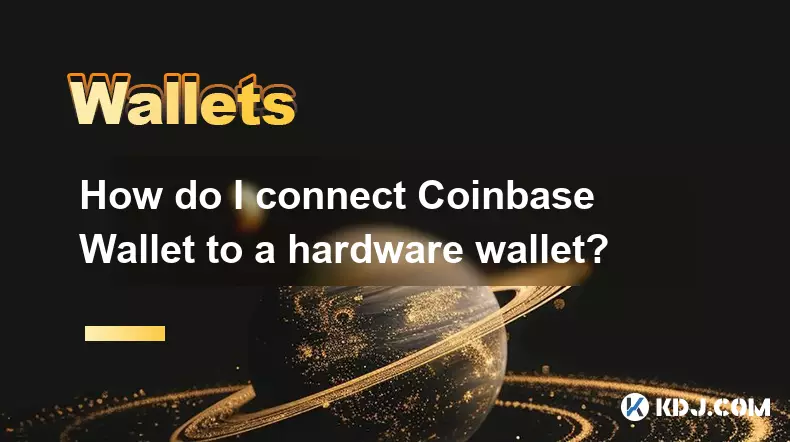
How do I connect Coinbase Wallet to a hardware wallet?
Sep 26,2025 at 02:54am
Connecting Coinbase Wallet to a Hardware Device1. Open the Coinbase Wallet app on your mobile device and ensure it is updated to the latest version. N...

How do I view smart contract interaction history in Coinbase Wallet?
Sep 24,2025 at 01:36am
Accessing Smart Contract Interaction History in Coinbase Wallet1. Open the Coinbase Wallet application on your mobile device and log in using your cre...

How do I use the token swap feature in Coinbase Wallet?
Sep 24,2025 at 05:00pm
Understanding Token Swaps in Coinbase Wallet1. The token swap feature in Coinbase Wallet enables users to exchange one cryptocurrency for another dire...

How do I participate in governance voting in Coinbase Wallet?
Sep 25,2025 at 01:55pm
Understanding Market Volatility in the Crypto Space1. Cryptocurrency markets are known for their extreme price fluctuations, often driven by sentiment...

How do I set up a custom RPC node in Coinbase Wallet?
Sep 24,2025 at 12:00pm
Understanding Custom RPC Nodes in Coinbase Wallet1. A custom RPC (Remote Procedure Call) node allows users to connect their Coinbase Wallet to a block...

How do I manage multiple assets in Coinbase Wallet?
Sep 23,2025 at 10:00am
Understanding Multi-Asset Support in Coinbase Wallet1. Coinbase Wallet allows users to store a wide variety of digital assets beyond just Bitcoin and ...

How do I connect Coinbase Wallet to a hardware wallet?
Sep 26,2025 at 02:54am
Connecting Coinbase Wallet to a Hardware Device1. Open the Coinbase Wallet app on your mobile device and ensure it is updated to the latest version. N...
See all articles























